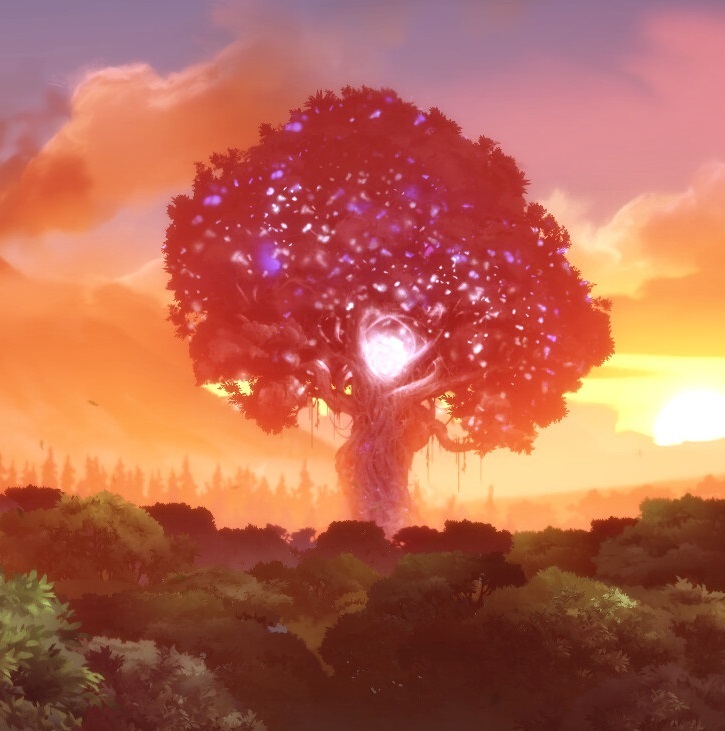Image is of Abdul-Malik al-Houthi, the leader of Ansarallah.
The death of Zionism has just massively accelerated.
previous preamble
BRICS has expanded to include Ethiopia, Egypt, Iran, Saudi Arabia, and the United Arab Emirates. Argentina is currently experiencing technical difficulties due to the election of the ancap clown Milei - once he's out of office, maybe they can try again.
I don't really have much to say about this one way or another. BRICS has, so far, made only nervous and small steps towards challenging US hegemony. This isn't really that unexpected, as only China and Russia are the real "true believers" in ending US hegemony (and even then, China's government either believes, or is pretending to believe, that reconciliation is still possible). Brazil, India, and South Africa are less enthralled by the concept of dethroning the US, most especially India, who had to make a firm decision in 2023 whether they were going to be on the side of America, or on the side of the Global South, and chose the former, strengthening their military relationship. They're still best of friends with Russia, but they are very obviously the sussy imposter of the BRICS group.
The prospects of BRICS are only really loosely correlated with the prospects of multipolarism, though. It's not a process that hinges on BRICS's successes or failures. It is coming because the contender states (in Desai's terminology) are irreversibly rising, and the US is irreversibly falling. If it will not be BRICS that leads, it will be a different organization. A better world is not only possible, but inevitable - unfortunately for the US.
I'm taking a week off the updates because I've been swamped lately, and also feel the need to reconfigure (and find new) sources. Needless to say that I've grown tired of Financial Times headlines, even if they do represent the actual views of the bourgeoisie.
The Country of the Week is Ethiopia! Feel free to chime in with books, essays, longform articles, even stories and anecdotes or rants. More detail here.
The bulletins site is here!
The RSS feed is here.
Last week's thread is here.
Israel-Palestine Conflict
Sources on the fighting in Palestine against Israel. In general, CW for footage of battles, explosions, dead people, and so on:
UNRWA daily-ish reports on Israel's destruction and siege of Gaza and the West Bank.
English-language Palestinian Marxist-Leninist twitter account. Alt here.
English-language twitter account that collates news (and has automated posting when the person running it goes to sleep).
Arab-language twitter account with videos and images of fighting.
English-language (with some Arab retweets) Twitter account based in Lebanon. - Telegram is @IbnRiad.
English-language Palestinian Twitter account which reports on news from the Resistance Axis. - Telegram is @EyesOnSouth.
English-language Twitter account in the same group as the previous two. - Telegram here.
English-language PalestineResist telegram channel.
More telegram channels here for those interested.
Various sources that are covering the Ukraine conflict are also covering the one in Palestine, like Rybar.
Russia-Ukraine Conflict
Examples of Ukrainian Nazis and fascists
Examples of racism/euro-centrism during the Russia-Ukraine conflict
Sources:
Defense Politics Asia's youtube channel and their map. Their youtube channel has substantially diminished in quality but the map is still useful.
Moon of Alabama, which tends to have interesting analysis. Avoid the comment section.
Understanding War and the Saker: reactionary sources that have occasional insights on the war.
Alexander Mercouris, who does daily videos on the conflict. While he is a reactionary and surrounds himself with likeminded people, his daily update videos are relatively brainworm-free and good if you don't want to follow Russian telegram channels to get news. He also co-hosts The Duran, which is more explicitly conservative, racist, sexist, transphobic, anti-communist, etc when guests are invited on, but is just about tolerable when it's just the two of them if you want a little more analysis.
On the ground: Patrick Lancaster, an independent and very good journalist reporting in the warzone on the separatists' side.
Unedited videos of Russian/Ukrainian press conferences and speeches.
Pro-Russian Telegram Channels:
Again, CW for anti-LGBT and racist, sexist, etc speech, as well as combat footage.
https://t.me/aleksandr_skif ~ DPR's former Defense Minister and Colonel in the DPR's forces. Russian language.
https://t.me/Slavyangrad ~ A few different pro-Russian people gather frequent content for this channel (~100 posts per day), some socialist, but all socially reactionary. If you can only tolerate using one Russian telegram channel, I would recommend this one.
https://t.me/s/levigodman ~ Does daily update posts.
https://t.me/patricklancasternewstoday ~ Patrick Lancaster's telegram channel.
https://t.me/gonzowarr ~ A big Russian commentator.
https://t.me/rybar ~ One of, if not the, biggest Russian telegram channels focussing on the war out there. Actually quite balanced, maybe even pessimistic about Russia. Produces interesting and useful maps.
https://t.me/epoddubny ~ Russian language.
https://t.me/boris_rozhin ~ Russian language.
https://t.me/mod_russia_en ~ Russian Ministry of Defense. Does daily, if rather bland updates on the number of Ukrainians killed, etc. The figures appear to be approximately accurate; if you want, reduce all numbers by 25% as a 'propaganda tax', if you don't believe them. Does not cover everything, for obvious reasons, and virtually never details Russian losses.
https://t.me/UkraineHumanRightsAbuses ~ Pro-Russian, documents abuses that Ukraine commits.
Pro-Ukraine Telegram Channels:
Almost every Western media outlet.
https://discord.gg/projectowl ~ Pro-Ukrainian OSINT Discord.
https://t.me/ice_inii ~ Alleged Ukrainian account with a rather cynical take on the entire thing.


Time once again to make superhero of China economy
expand
Article continues...
expand
deleted by creator
...oh. I thought both articles were pretty good, even if they're not especially Marxist. I thought there was lots of good info and stats in there at leat.
Yeah seemed decent for what it is, but it's be interested in discussing the article more critically cause "obviously bad" doesn't really resonate with me
seems like they intended "positive" but failed to include the word
censorsEditors took it out obv.